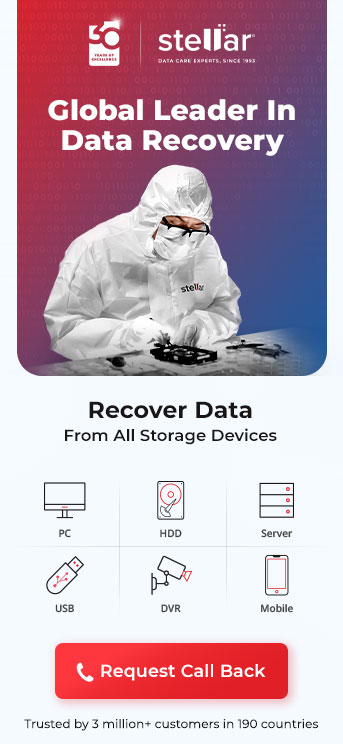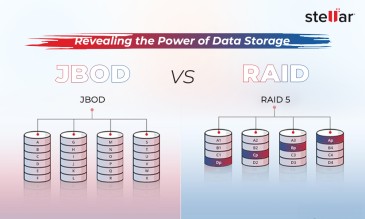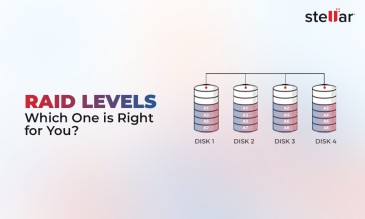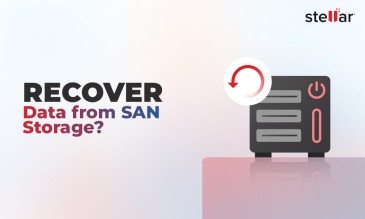RAID arrays are commonly used by enterprises for data storage. Like hard drives on a PC, they are prone to crash and malfunction due to physical and logical reasons.
Recovering data from a Netgear ReadyNAS or similar NAS requires cutting-edge infrastructure, proprietary data recovery tools, and recovery experts experienced in handling NAS equipment.
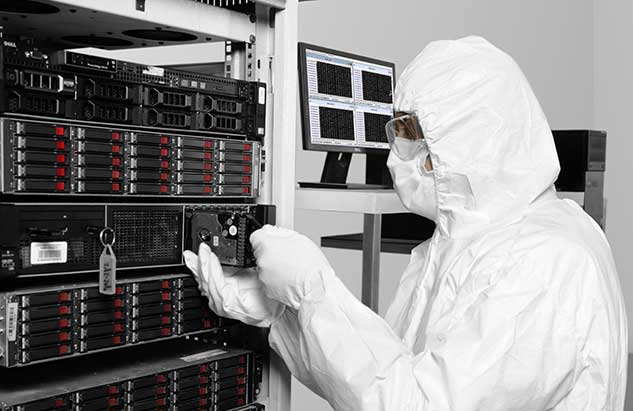
Causes of Data Loss in NAS
- Overheating of RAID hard drive
- Accidental/unintended deletion
- Multiple events of Improper shutdown
- Overwriting or corruption of RAID configuration files
- Hard drive head failure
- Partition is formatted by mistake
- Voltage fluctuations
- Technical errors in RAID setup
- Corruption of the firmware
- Database files are overwritten
- Server registry configuration error
- Damage to hard drive platter
- Malfunctioned controller
When the NAS crashes, generally you’ll see an error message. This error could be about boot-failures, config corruption, file-system errors, etc.
In some cases, you’ll know you’ve lost your data because you can’t find/access it, even though there’s no error message shown.
Also Read: Top Causes Of Data Loss In NAS Servers
Can NAS Data Loss Disrupt My Business?
The NAS – for example, Netgear ReadyNAS 12B – generally has 12 hard drives of 1 TB each in an 11 + 1 (for hot spare) configuration. This means a lot of your data is stored on the NAS. Because you lose access to this massive amount of data, almost every process dependent on this data will grind to a halt.
If your NAS has crashed, or you believe you’ve lost your NAS data, we can help. Stellar Data Recovery offers the most dependable and renowned NAS data recovery service in India. Request a free consultation call, during which we can determine the best course of action. In some cases, it’s possible to recover your data without even requiring the entire NAS equipment to be shipped to our labs.
Read Case Study - Data recovery from physically failed Netgear® ReadyNAS configured to RAID 5
NAS Data Loss Caused by File Index Lost – How to Recover NAS Data?
Let’s continue with the example of a Netgear ReadyNAS 12B. To explain the typical NAS data recovery process, we have considered one of the most common error scenarios. That is, where the file index of the RAID array has been lost.
In a NAS, multiple HDDs act as a single volume. Mostly, these HDDs are set up in a RAID config, which uses data striping and parity for better NAS performance.
Now, if the file index is lost the volume will become RAW format.
Once the file table is corrupted or lost, the cause can’t be determined with any specificity. Generally, a malware attack or bad sectors are responsible for this problem.
Also Read: How To Minimize The Risk of Data Loss from NAS Devices
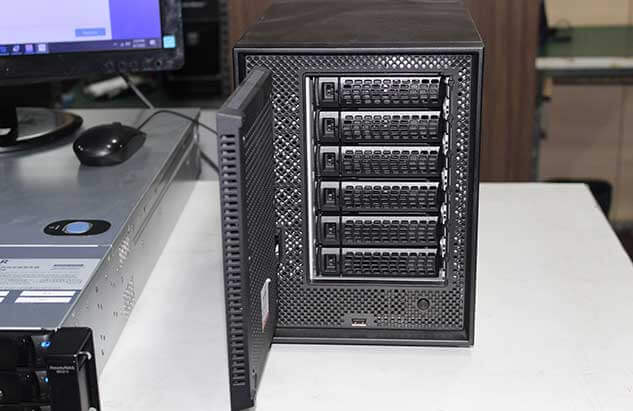
What is the General NAS Data Recovery Process?
Every data recovery challenge is unique.
However, every diagnosis begins the same way – with a thorough examination, for the right diagnosis and treatment.
Here is a step-by-step account of the standard recovery process:
1. Physical Examination
All drives of the NAS are examined for any physical damage. The controller circuits, read-write heads, and motors are thoroughly checked for damages.
If we find any damaged parts, we determine whether the damage is responsible for the data loss. This ensures we don’t carry out unnecessary part replacements, because our final aim is to recover the lost data.
2. Logical Examination
Having excluded the possibility that one or more hard drives might be malfunctioning, the team will now turn its attention to the logical level examination of the device.
This is done by using a sector-by-sector analysis of the hard drive.
In our example, a thorough examination will reveal – for example – that the file system information is missing from the RAID array.
3. Cloning
All the drives are cloned into Stellar inventory hard drive with higher capacity.
4. RAID Reconstruction
Our data recovery experts first verify data on the original disk and clone the disks. Not a single byte goes unaccounted at this stage. There is zero error tolerance while reconstructing. We verify that the cloning is accurate.
All the cloned hard drives are connected. Using an array configuration utility, various RAID parameters such as stripe size, parity flow, and data flow are now set.
A RAID image is constructed. Remember that RAID consists of multiple volumes that act as a single entity.
The final image is analyzed.
At this stage, we can find the volumes of the RAID array. (For example, in the case of a Netgear ReadyNAS, the team might find that the RAID array had two Windows volumes running NTFS).
Here, another complication can occur. The file system information might be corrupted. The data exists but the location/path to it (which volume, which sector, which file) is lost. Such a challenge can be overcome by our team.
Also Read: How to Recover Data from Failed NAS Server in Data Recovery Lab
5. Deep Scanning
The logical scanning might not recreate the file index.
Experts then rewrite the file index script and manually recreate the file structure.
The file index is manually checked for further flaws.
Using Disk Editor the metadata of the file system can be repaired to align precisely with the stored data.
Now, the data is available from the image.
The data is successfully exported to a secure server.
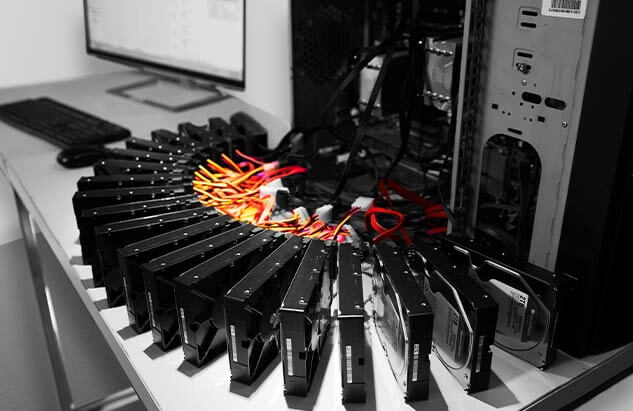
This data recovery project highlights the critical success factors while handling NAS. These are:
- The ability to carry out an advanced physical examination of the hardware to rule out the possibility of damage.
- The technical know-how of precision-cloning hard drives.
- A software library, to find out missing configuration information is required to rebuild the NAS RAID.
Also Read: How to Access Data on Failed NAS Drive
A Word of Advice
The Stellar Data Recovery Team has successfully completed challenging NAS data recovery projects in a very short time.
If you ever face a similar situation of data corruption kindly call us and we shall provide a free consultation.
About The Author

Online Marketing Expert & Content Writer






